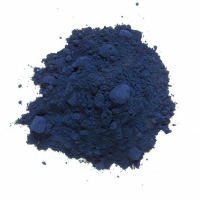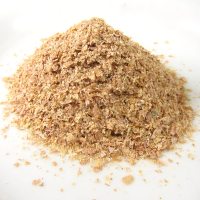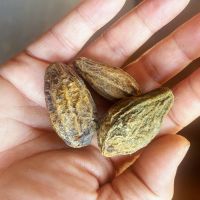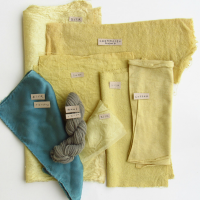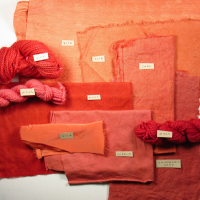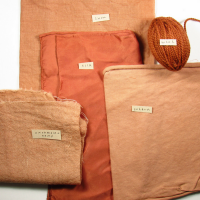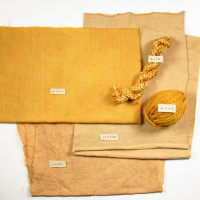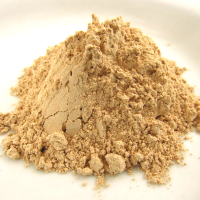Organic Indigo
Organic indigo is a powder from the leaves of the indigo plant called Indigofera tinctoria. It is one of the oldest dyes known to humankind. It is also the only natural blue dye. Its colorant is present in other plants including woad (Isatis tinctoria) and Japanese indigo (Persicaria tinctoria), a buckwheat. Additionally, it is present in Strobilanthes cusia, a distant cousin to the ornamental Persian Shield that you can buy at Home Depot. Indigo pigment was used to dye shrouds for Egyptian burials, uniforms for Napoleon’s Army and has also been used to dye prestige cloth for African chiefs and … Read more

